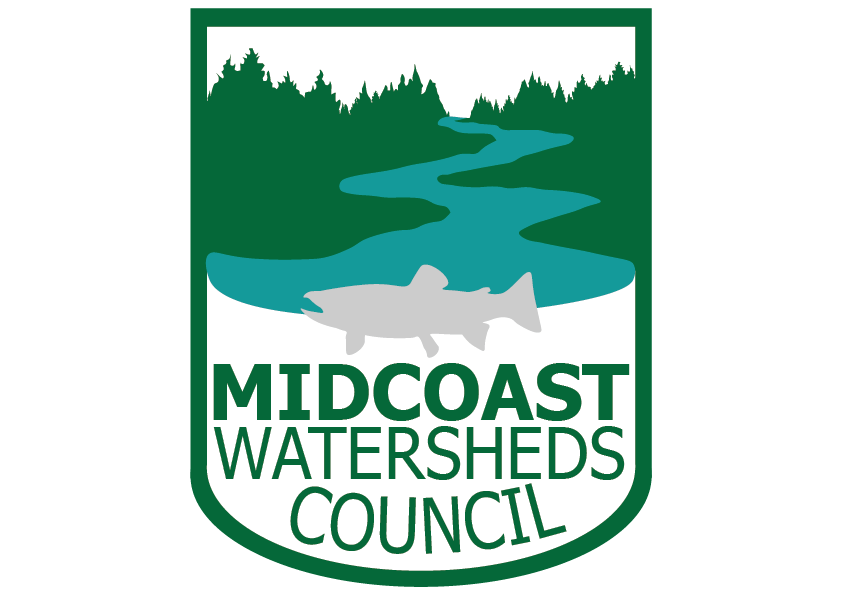Stream simplification
complex, dynamic habitats are simplified for human land use.
Complex floodplain habitat on Big Creek
Healthy streams are not just one channel, they flow in interwoven braids above and below the ground. Fish rest in deep pools beneath fallen trees. Insects live under rocks in shallow riffles and feed the fish and birds. During high flows, the water floods over large, vegetated areas that provide temporary habitat and protection from the fast flowing water. Beavers build dams and create wide pools for young fish to grow. The tides push and pull their water where they flow into the ocean.
Human development requires predictable flows and reduction in flooding. Floodplains and tidal marshes are disconnected from natural flow using dikes and tide gates. Wetlands are drained through ditches to create dry land for development. Large trees are often removed from natural systems.
MCWC builds relationships with landowners, partners and stakeholders to maximize benefits to wildlife in balance with human use. We reconnect streams with their historic channels, place large wood into streams, and encourage the restoration of natural processes. Learn more about our habitat restoration projects.



